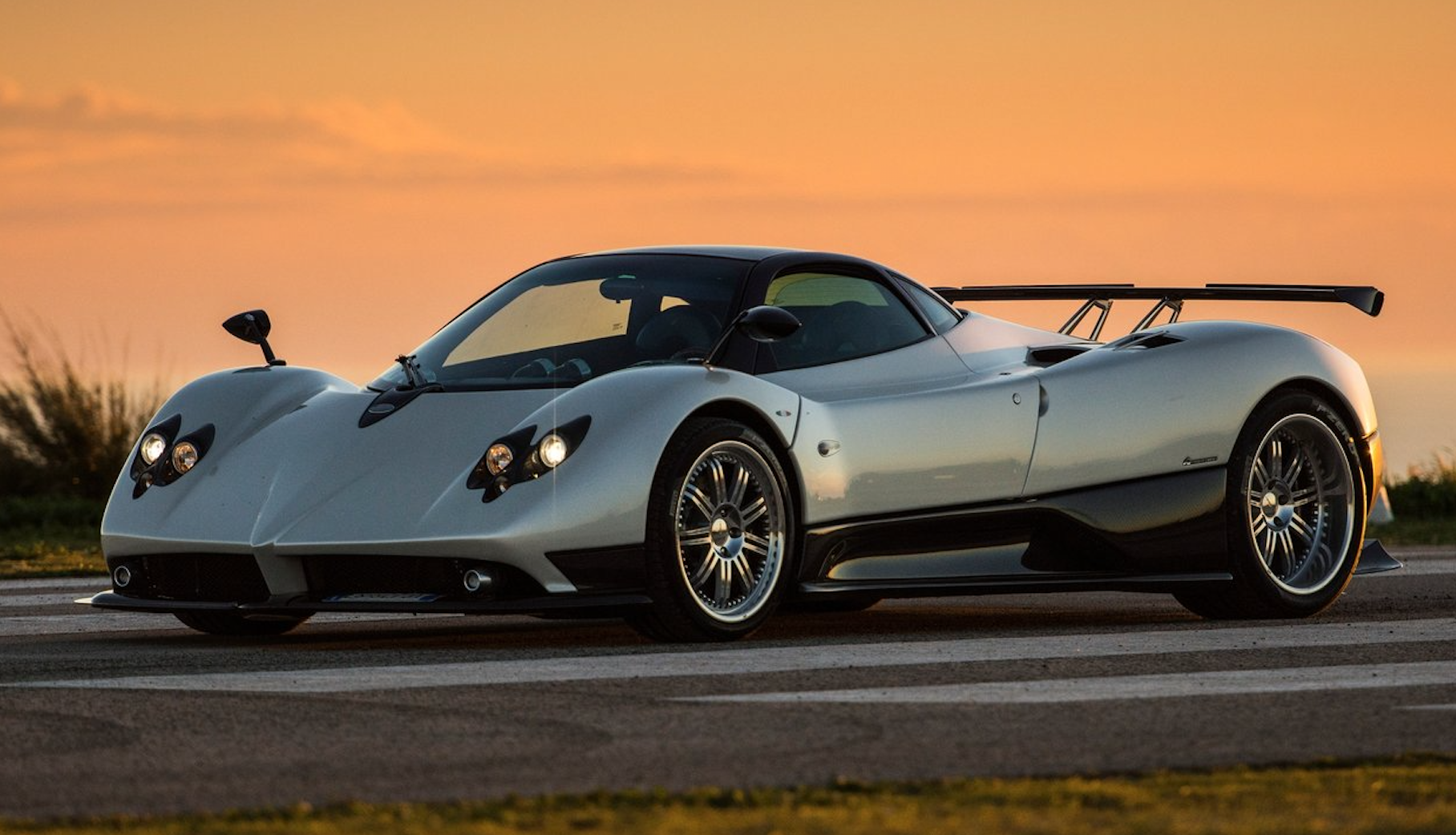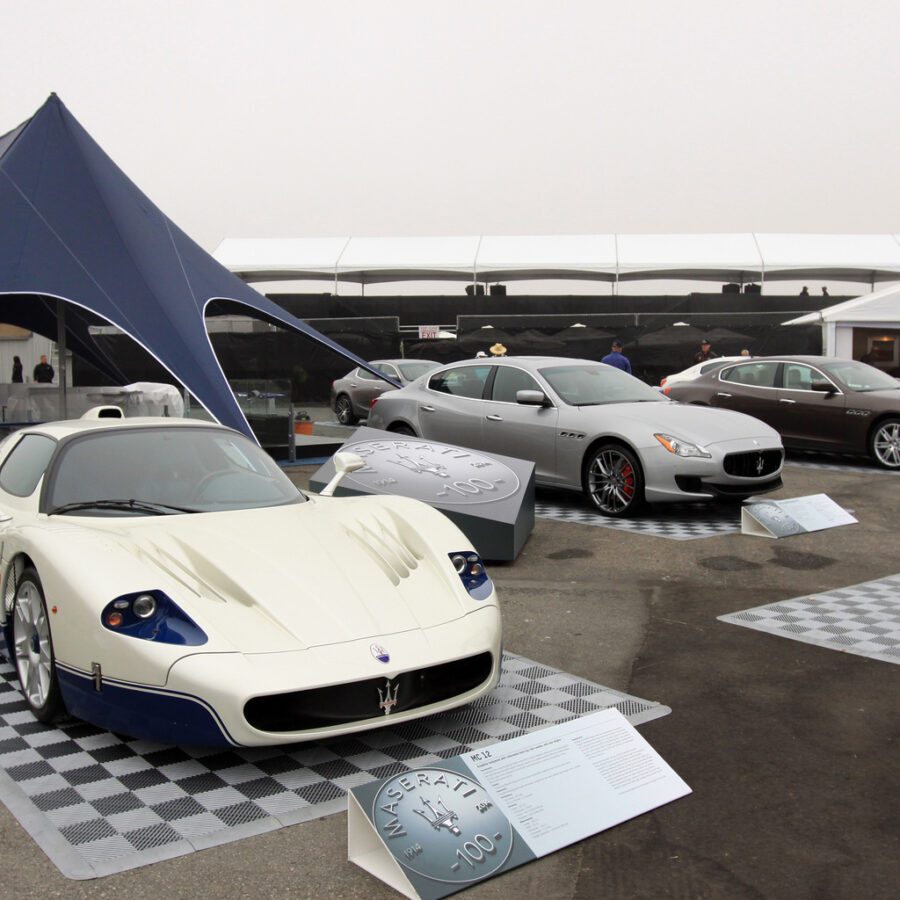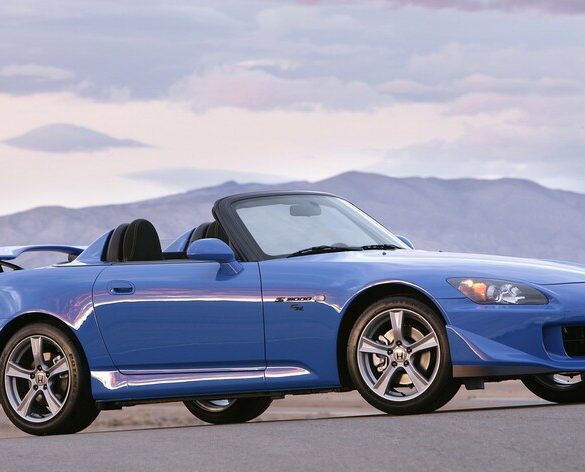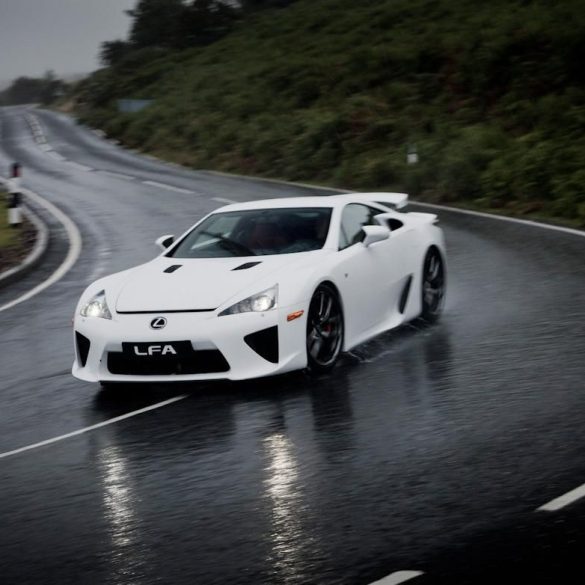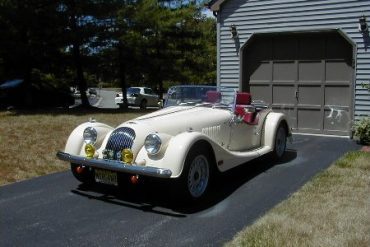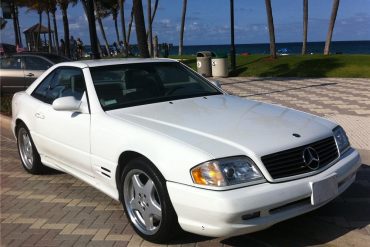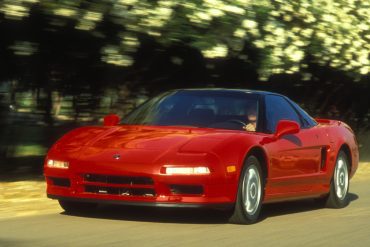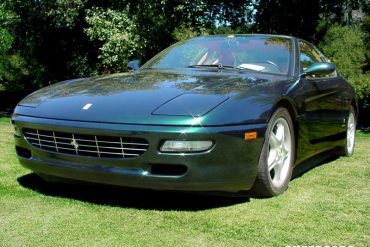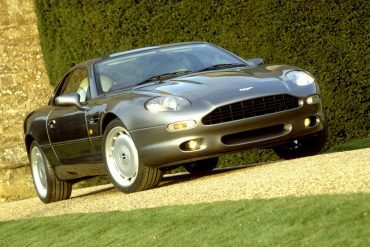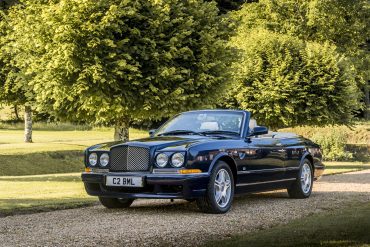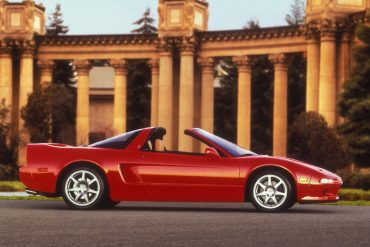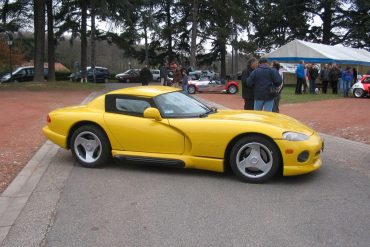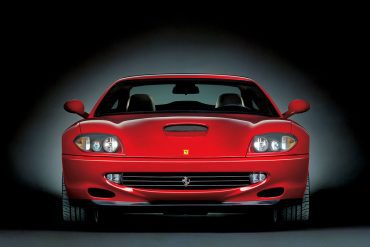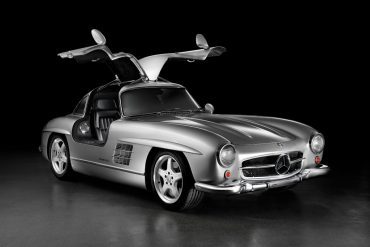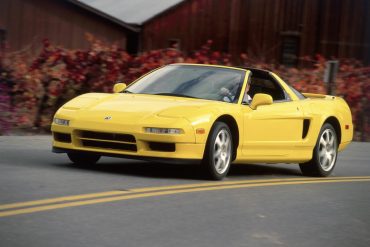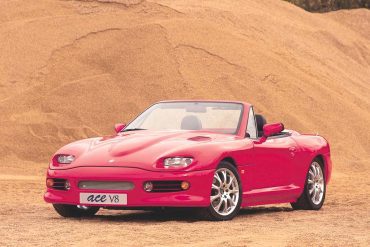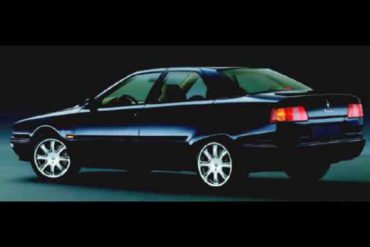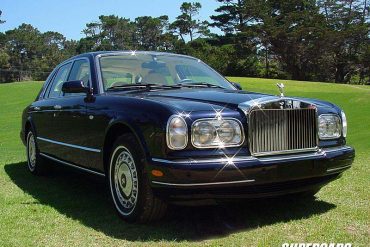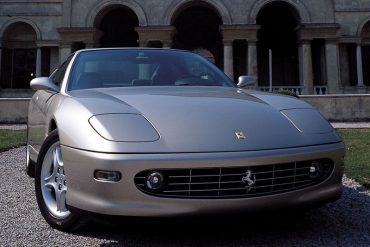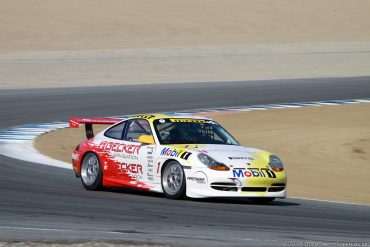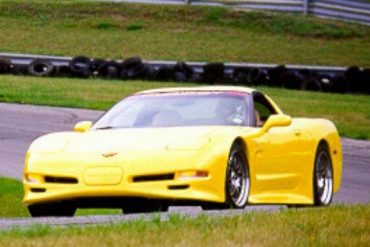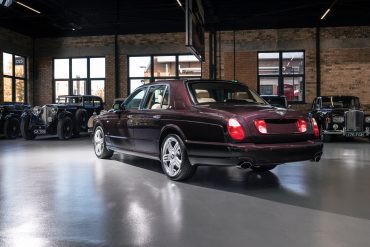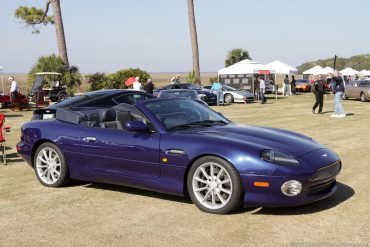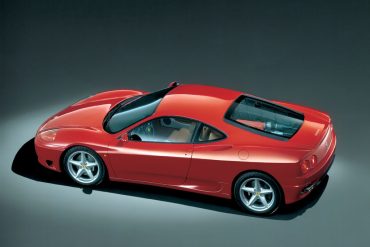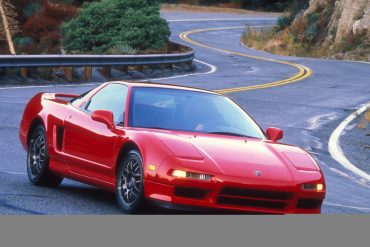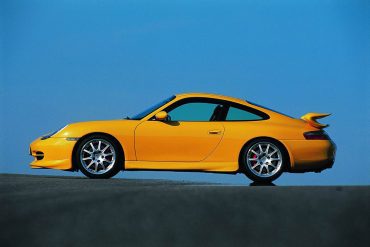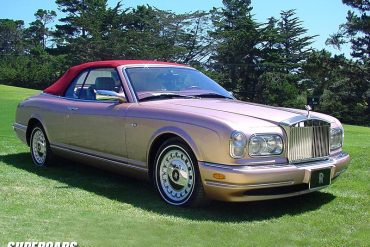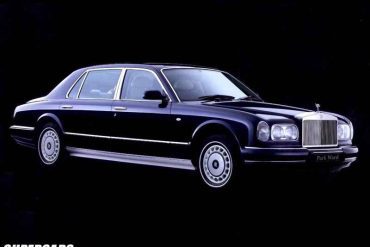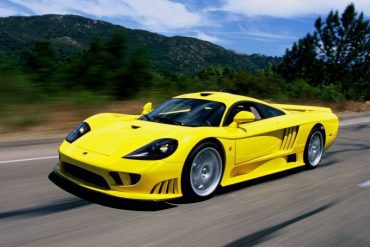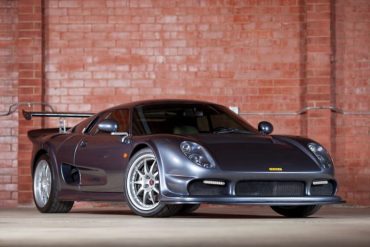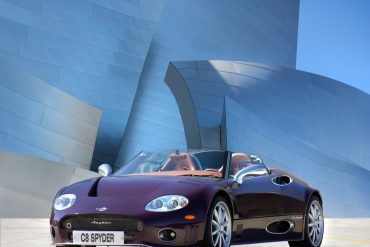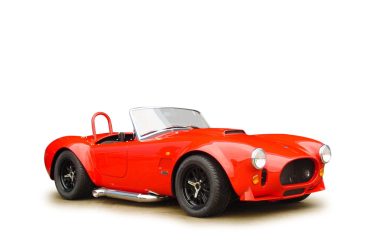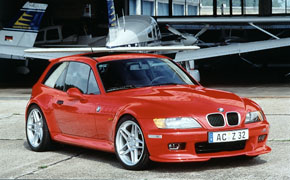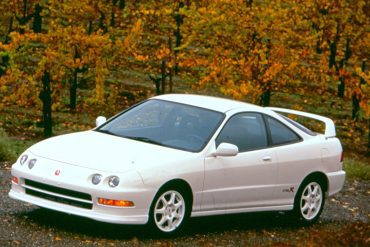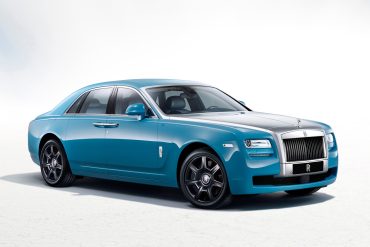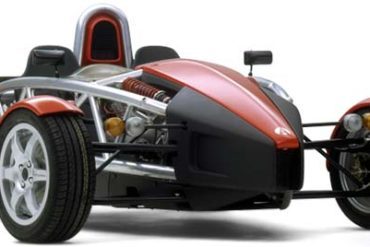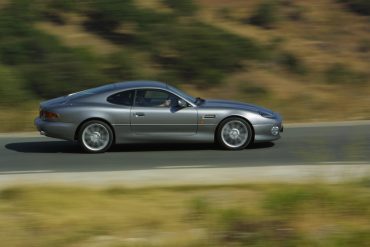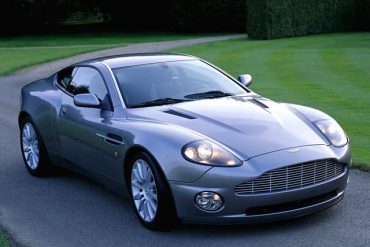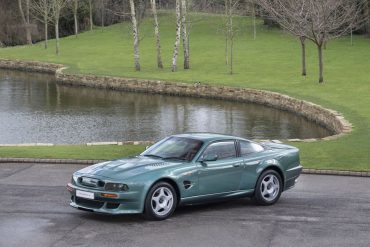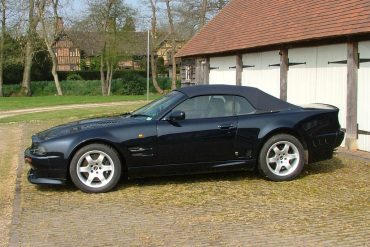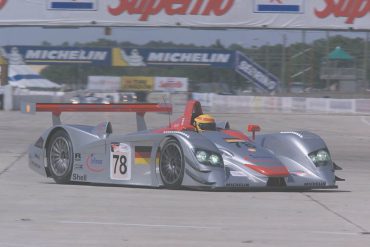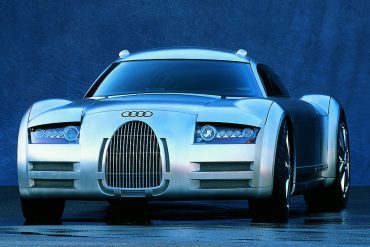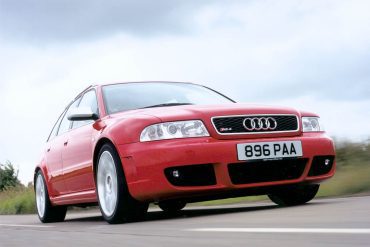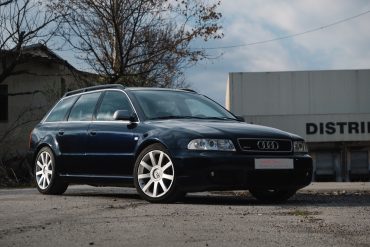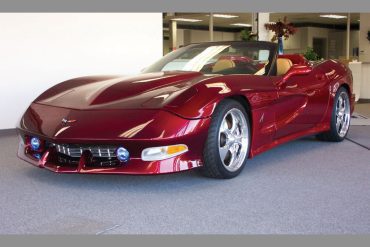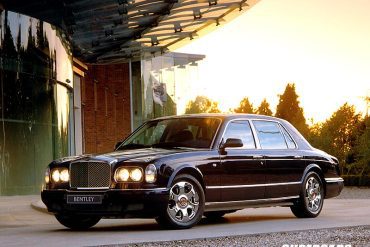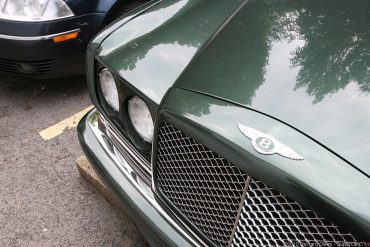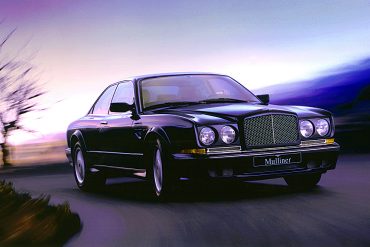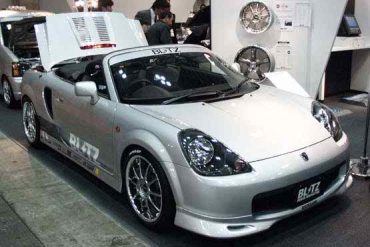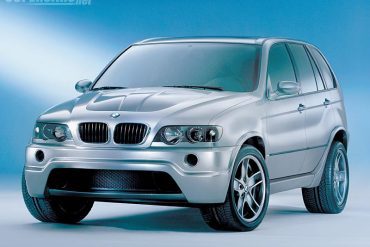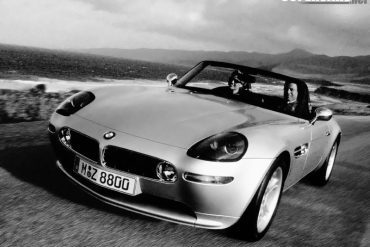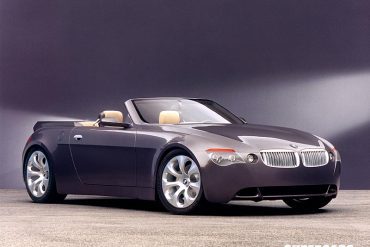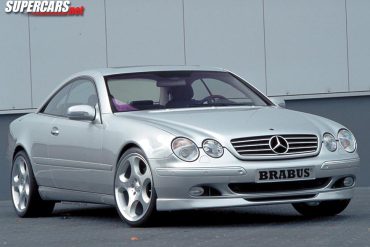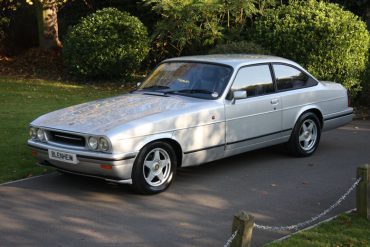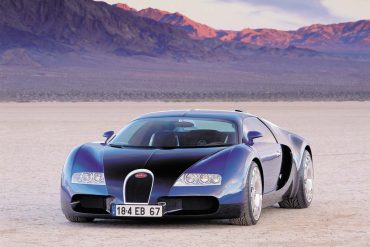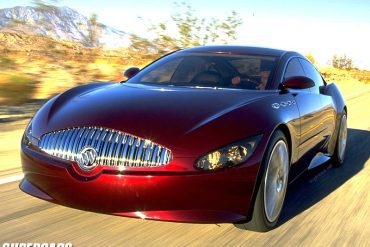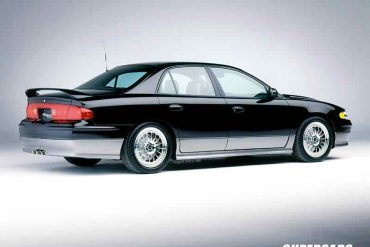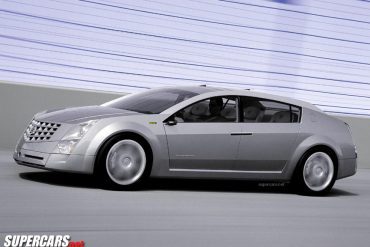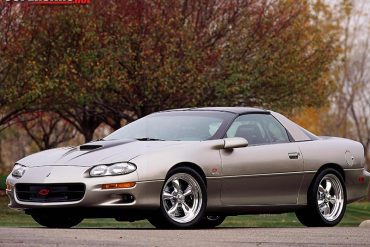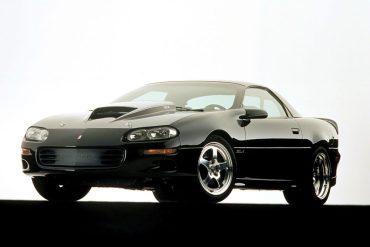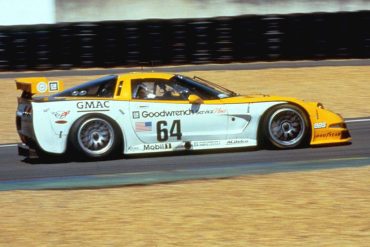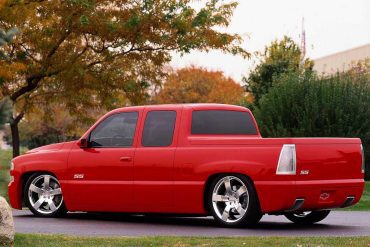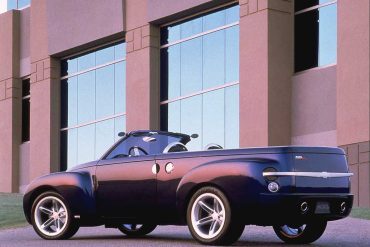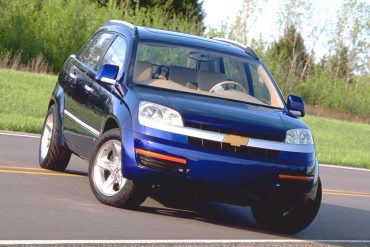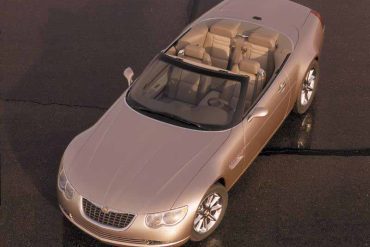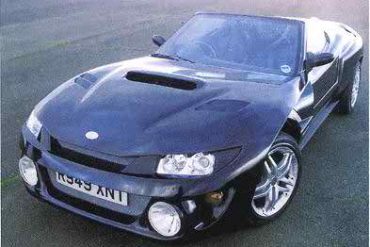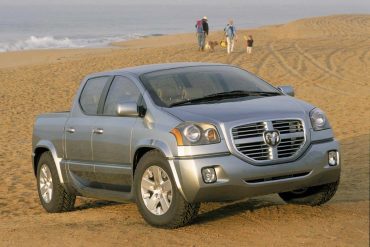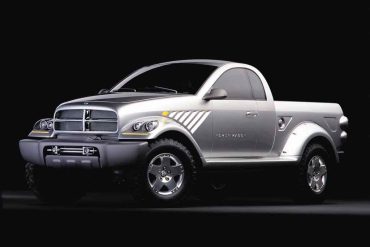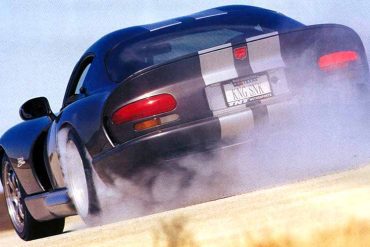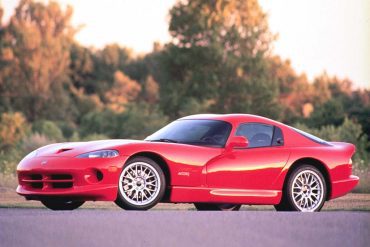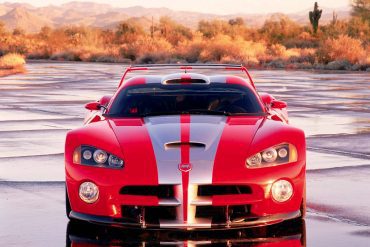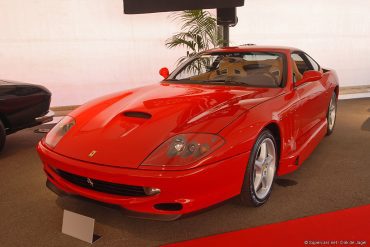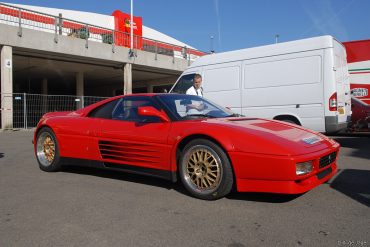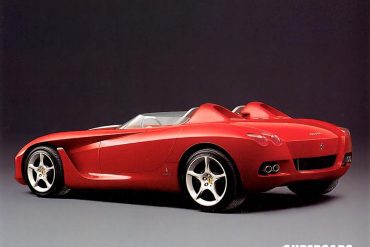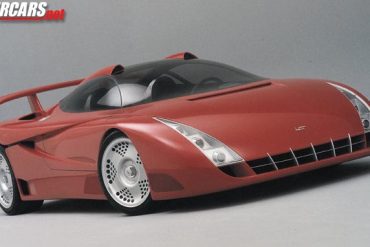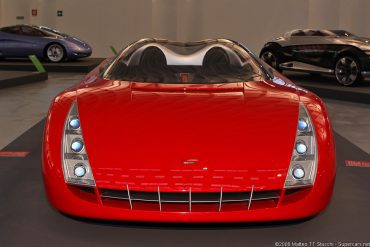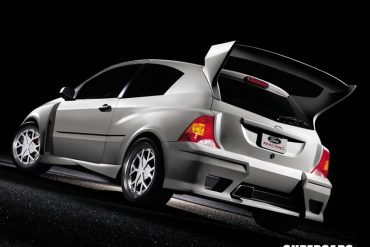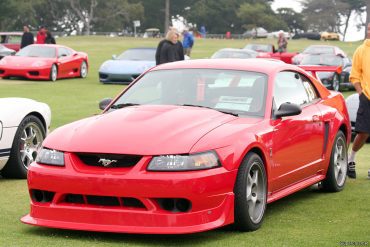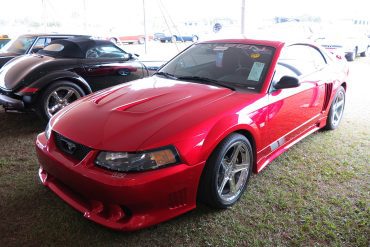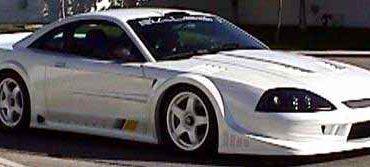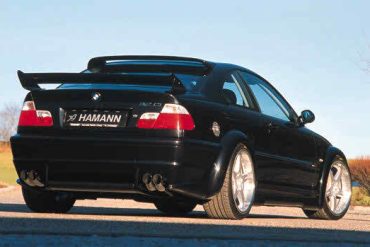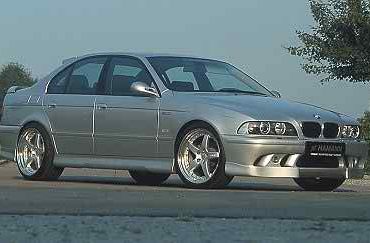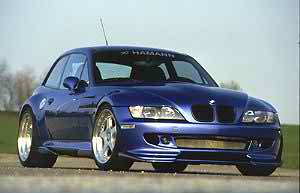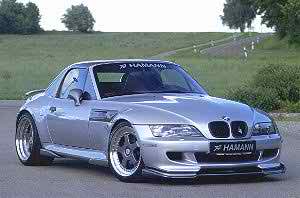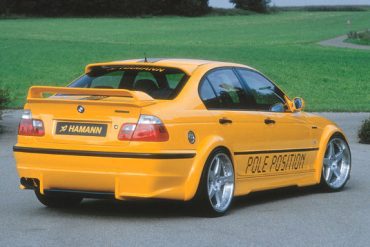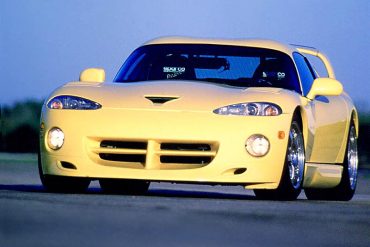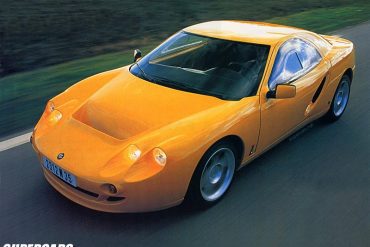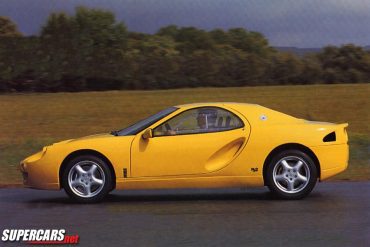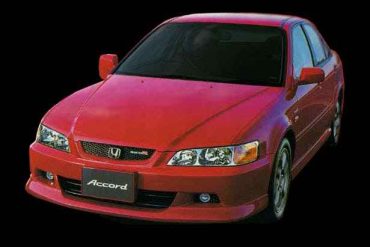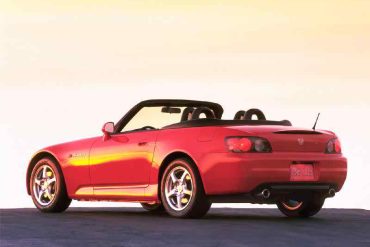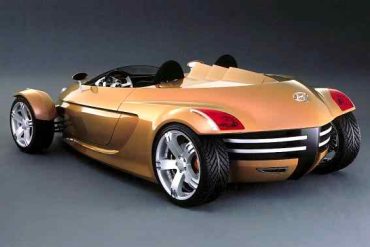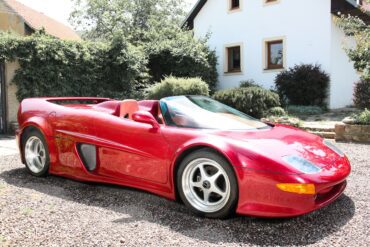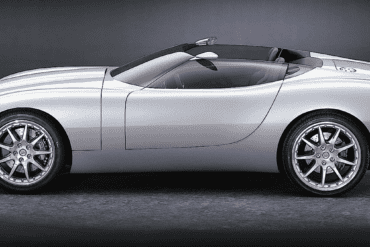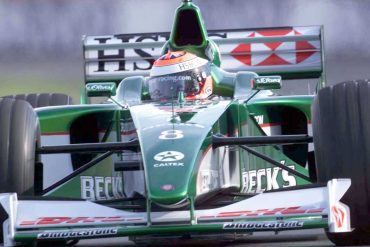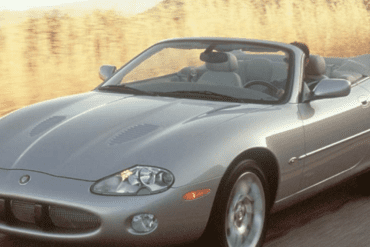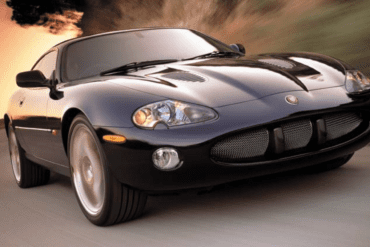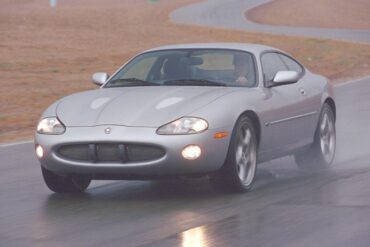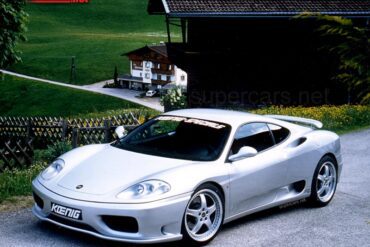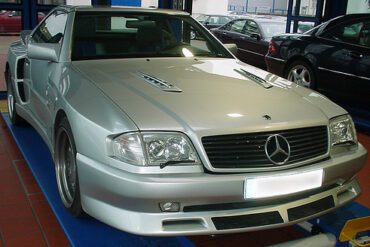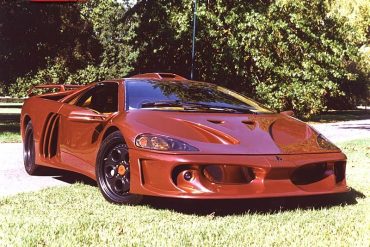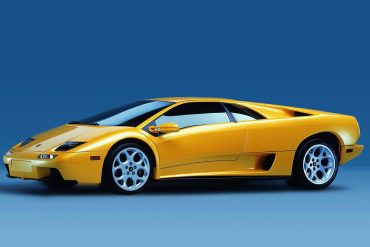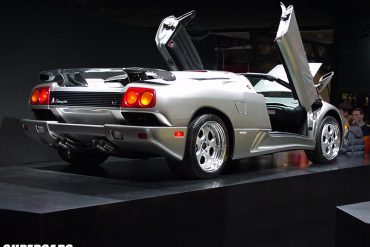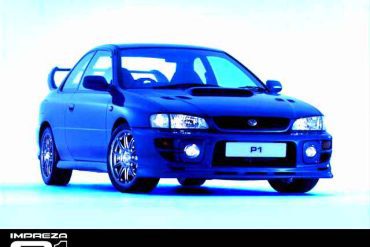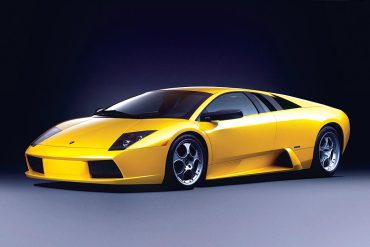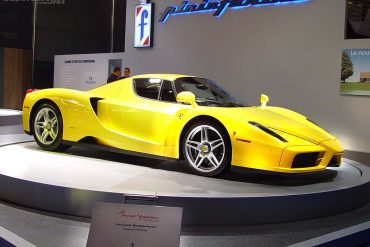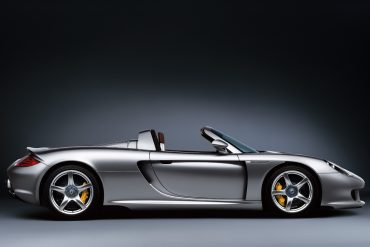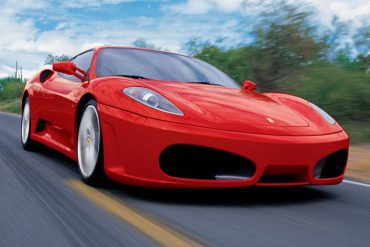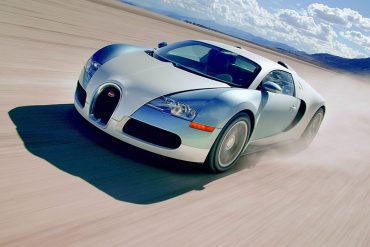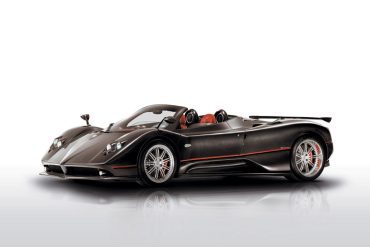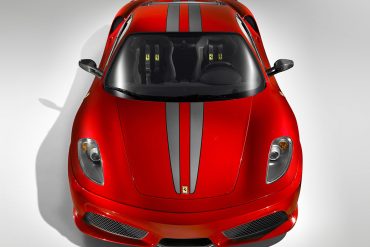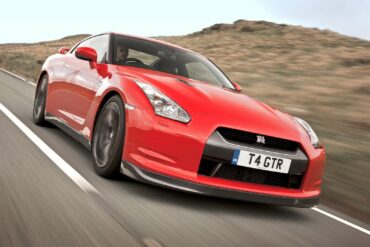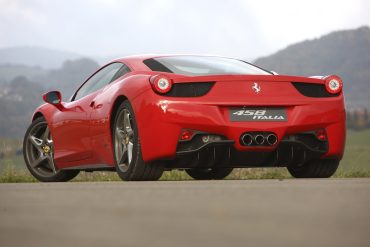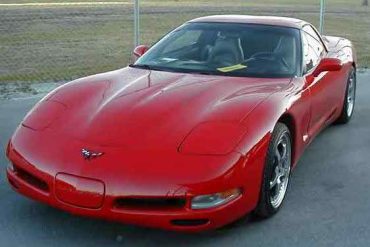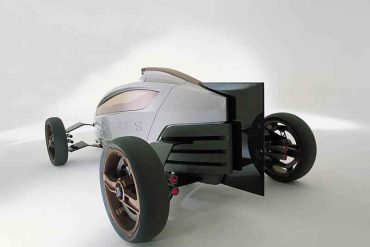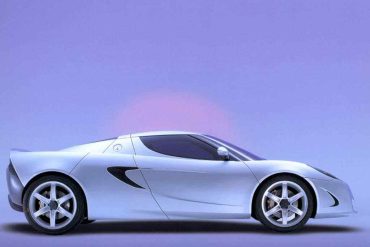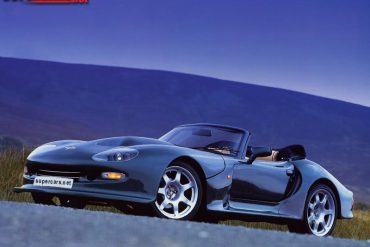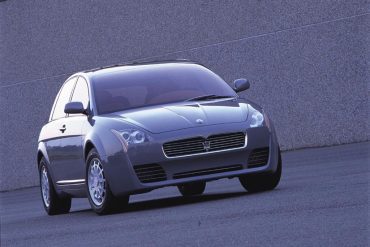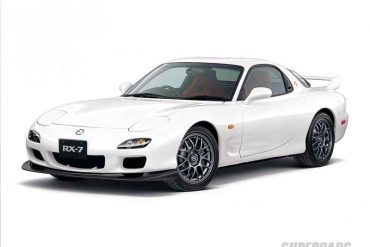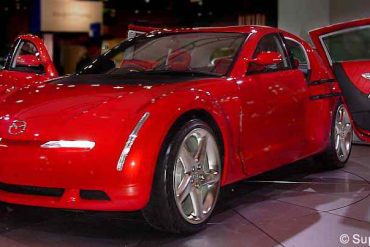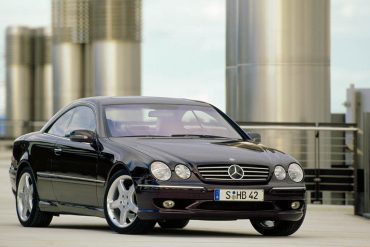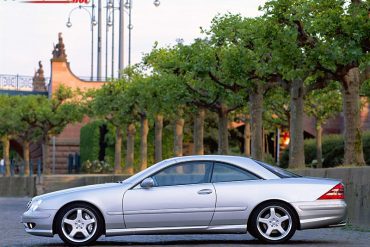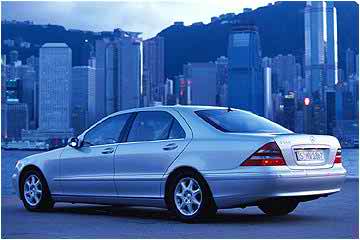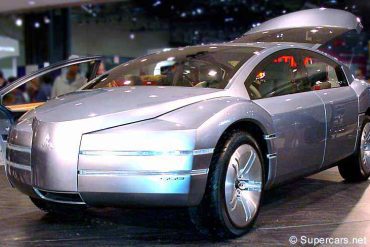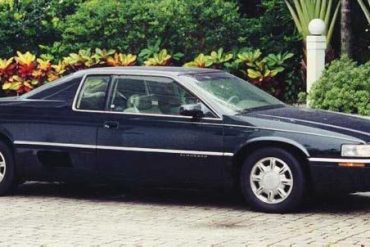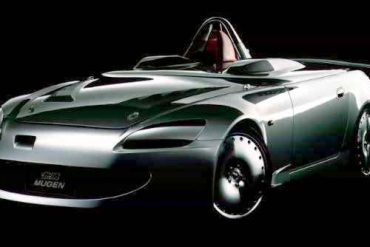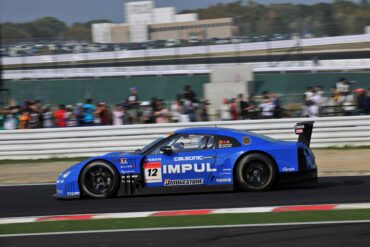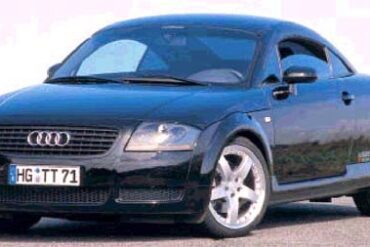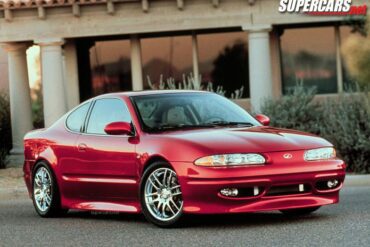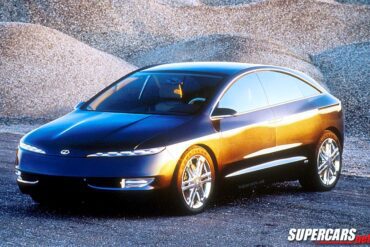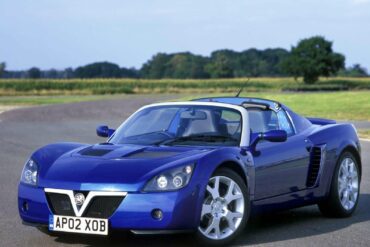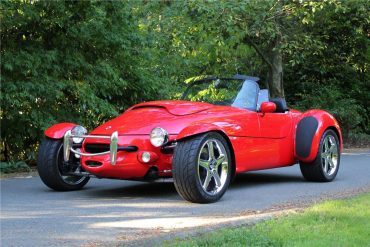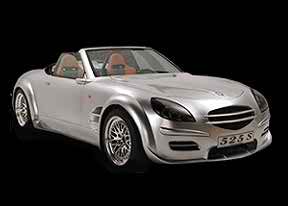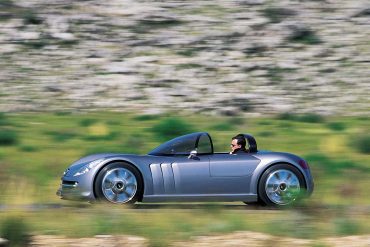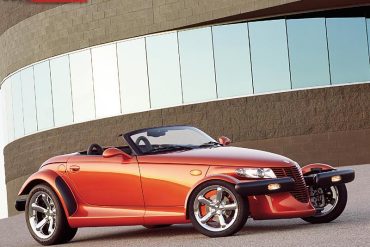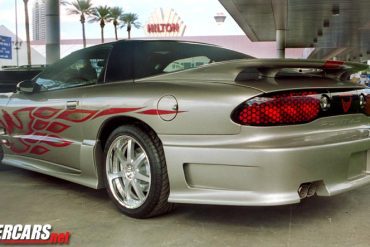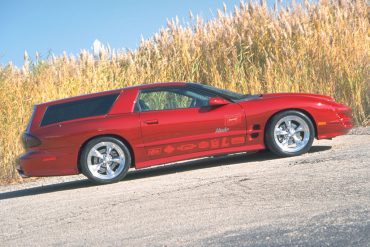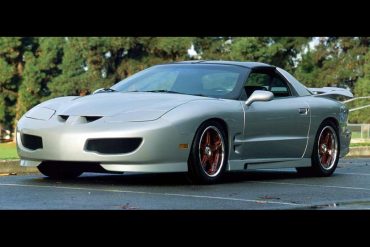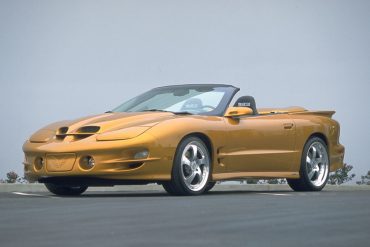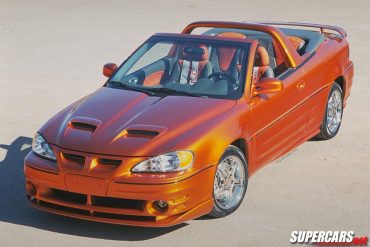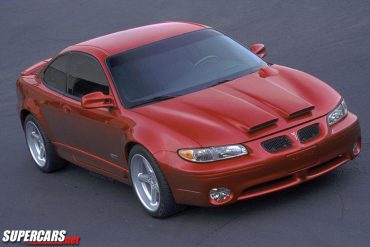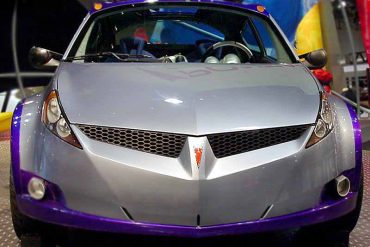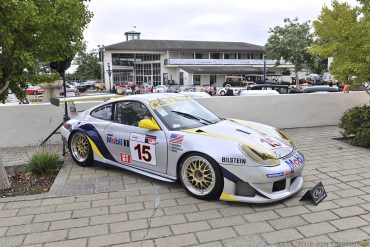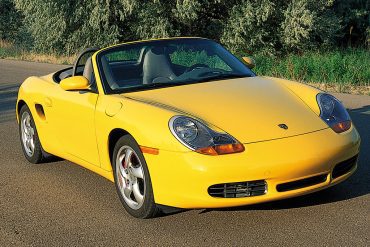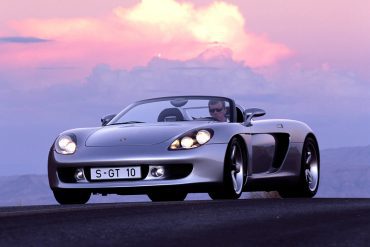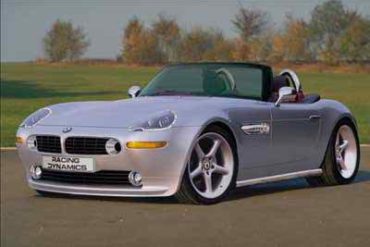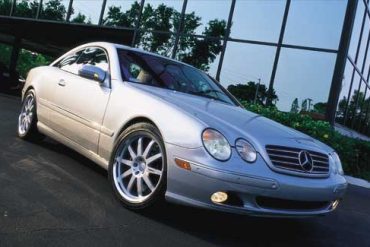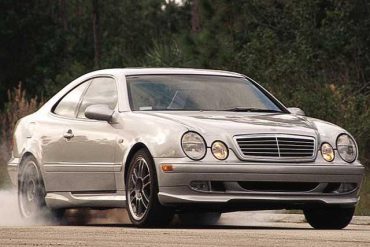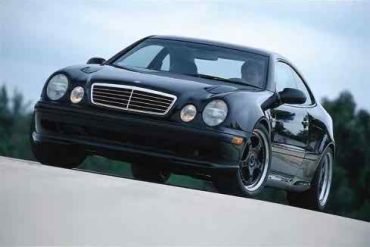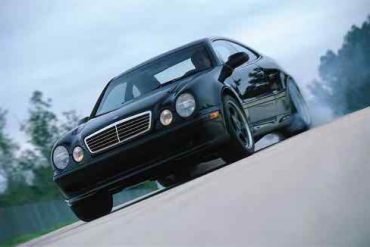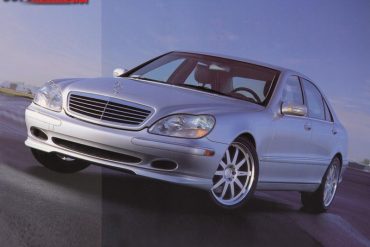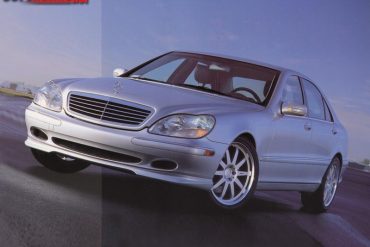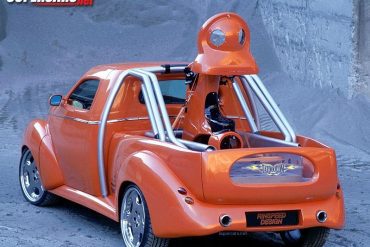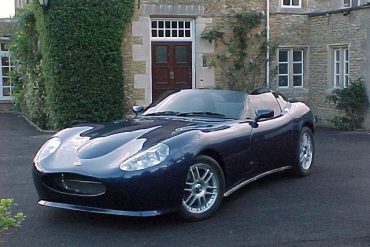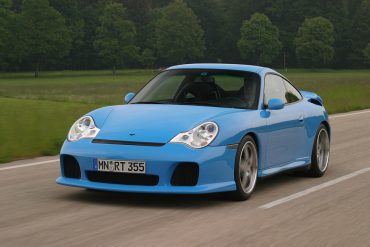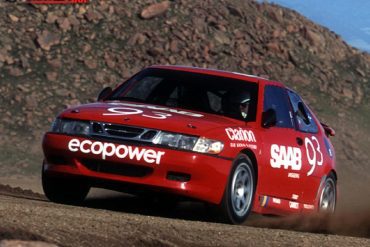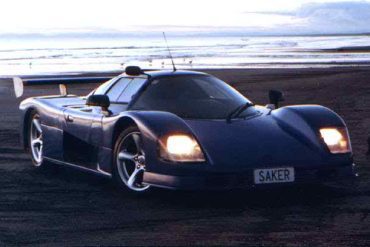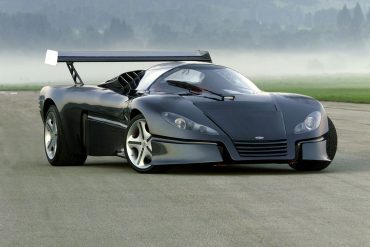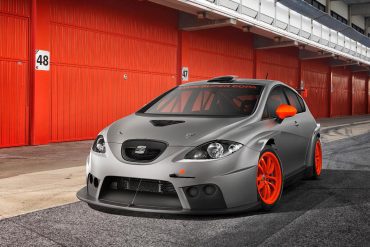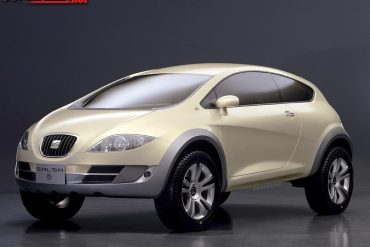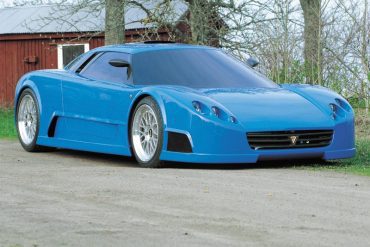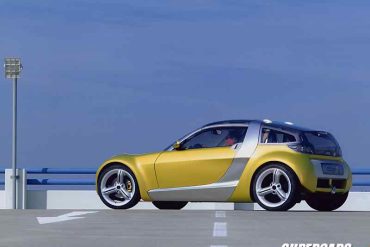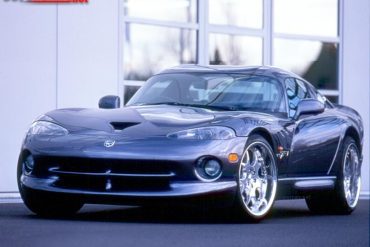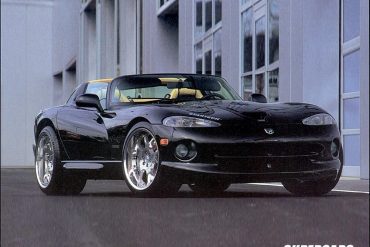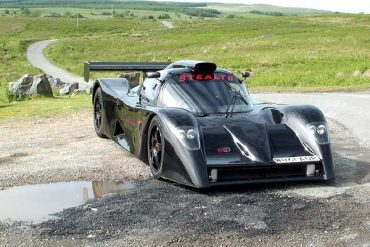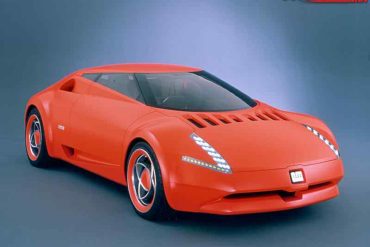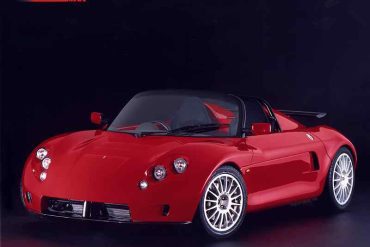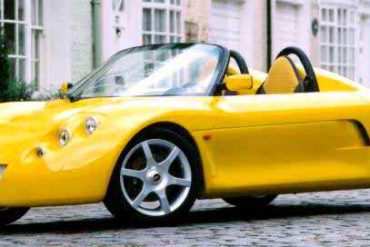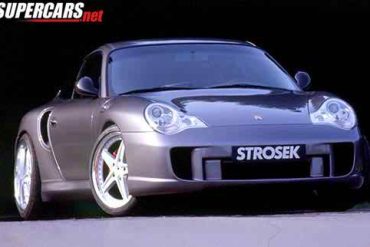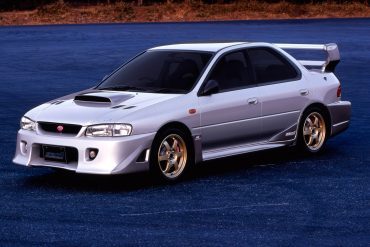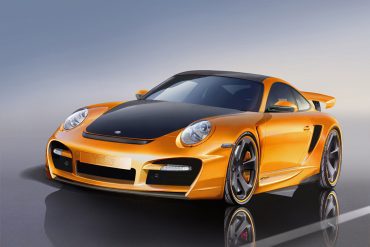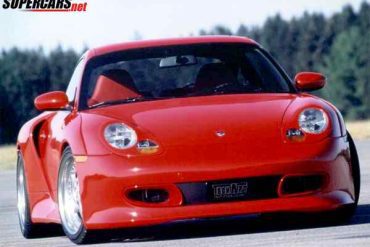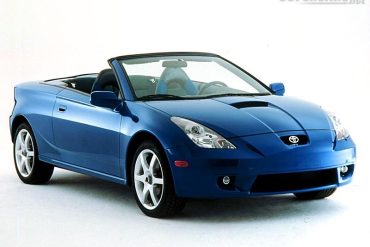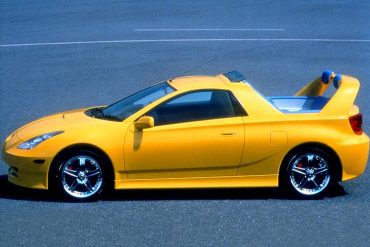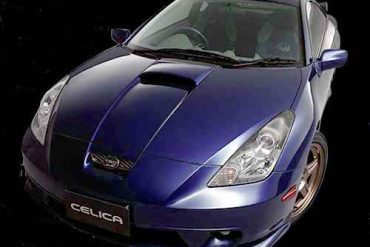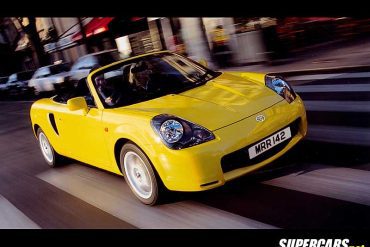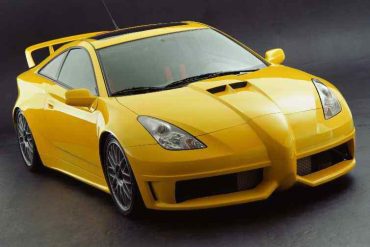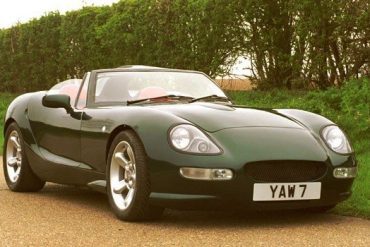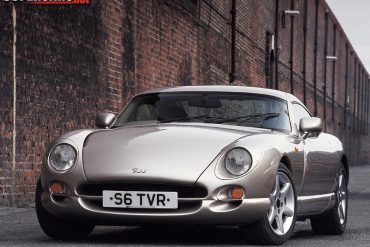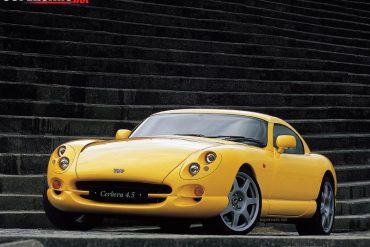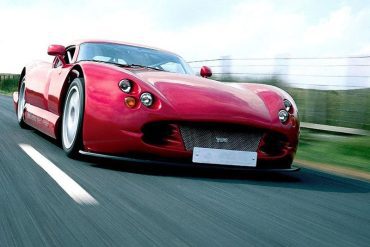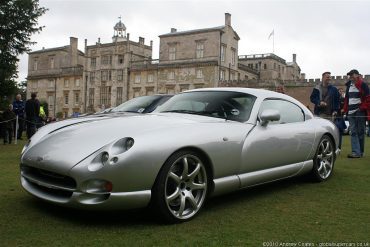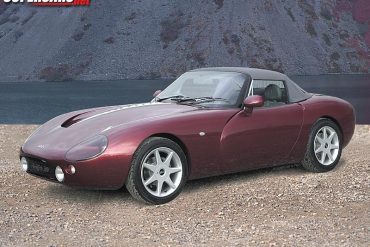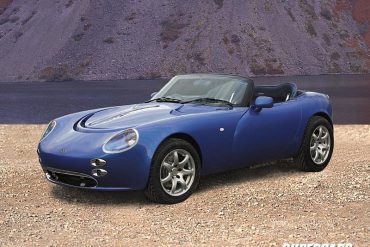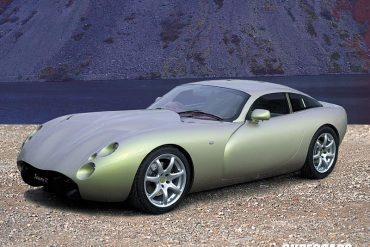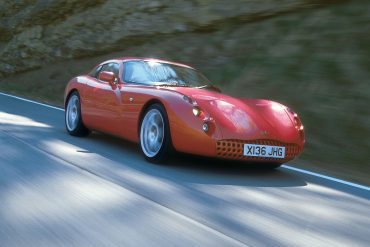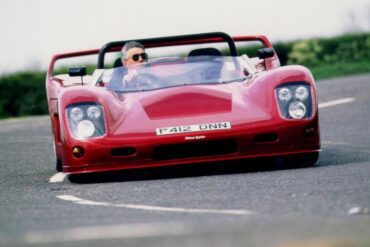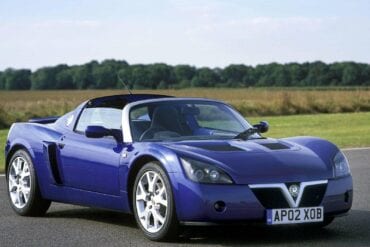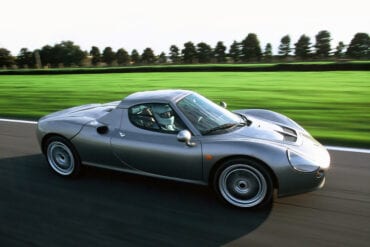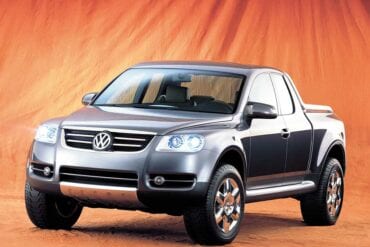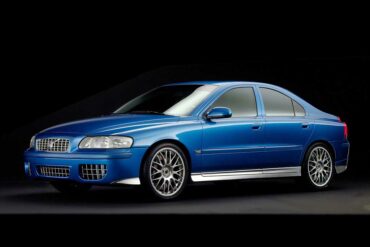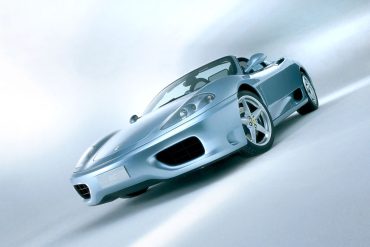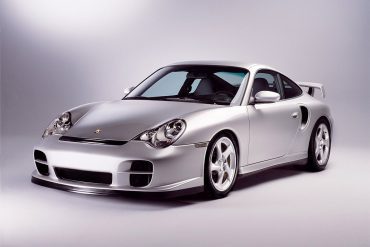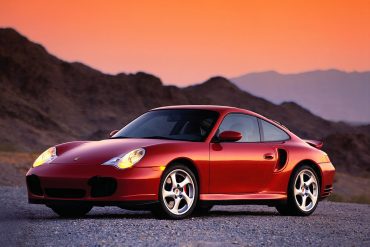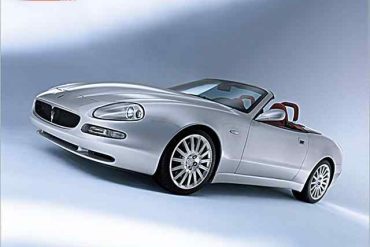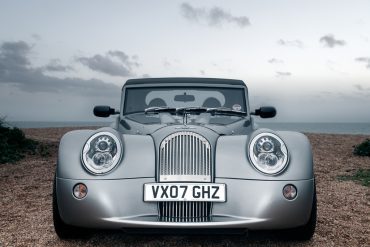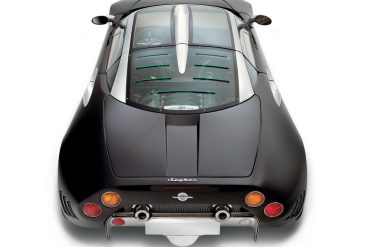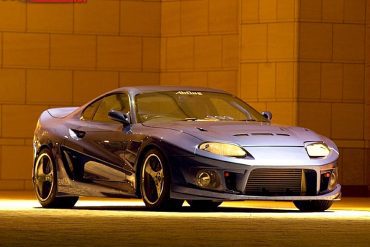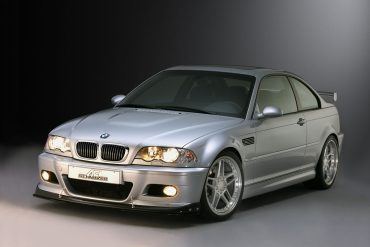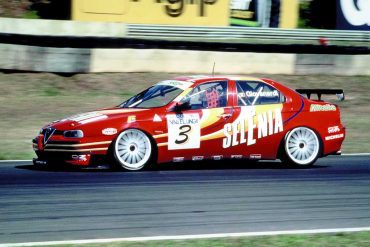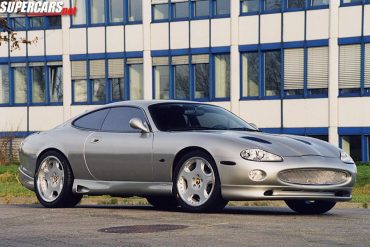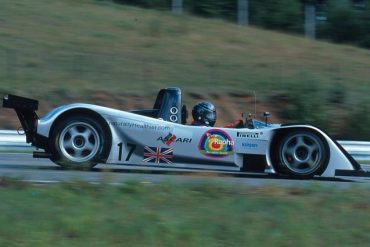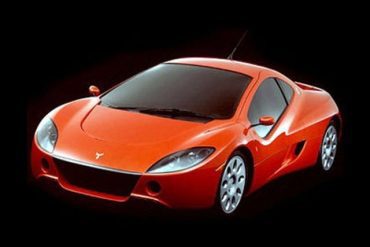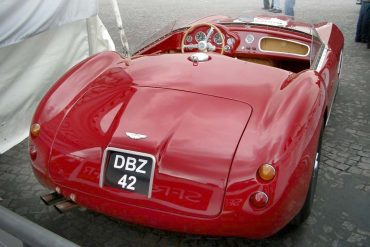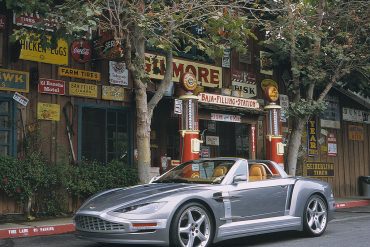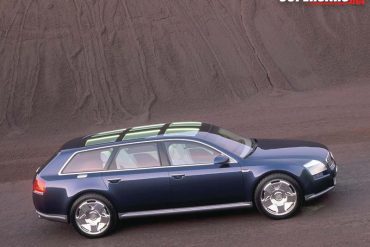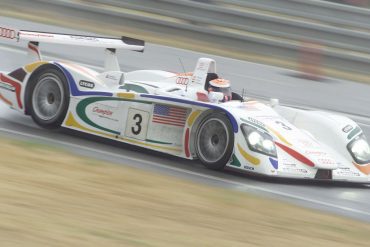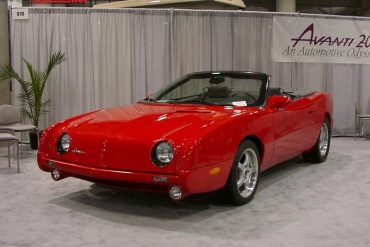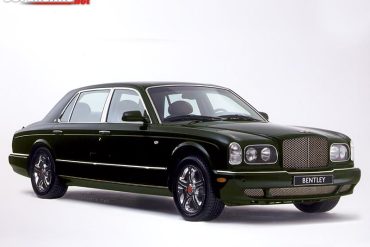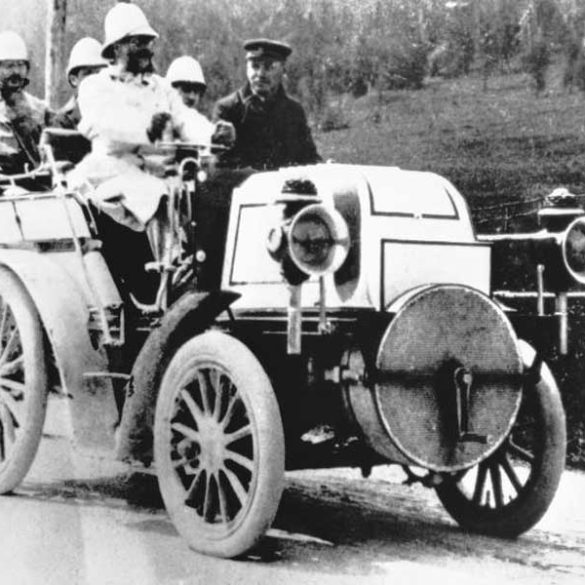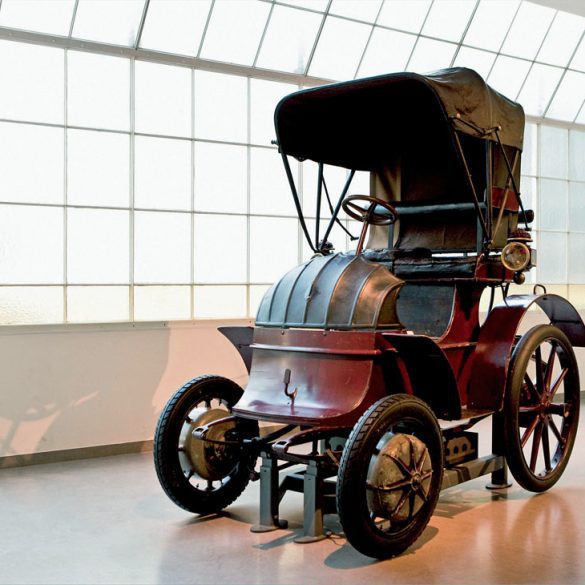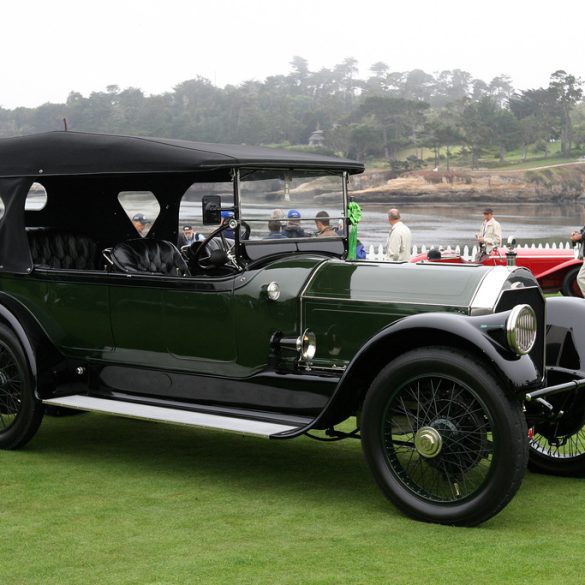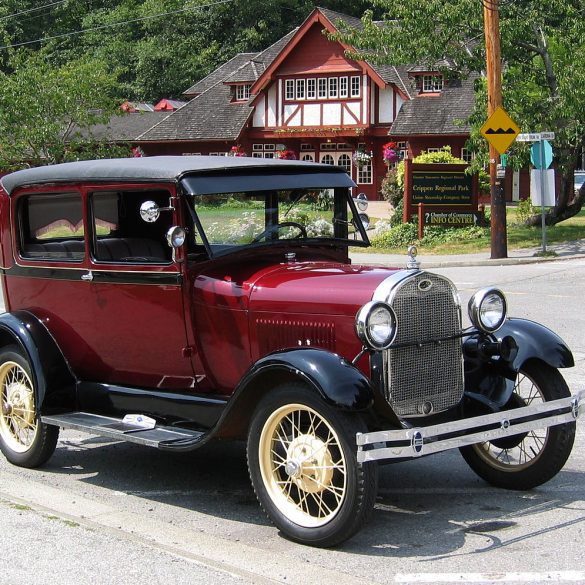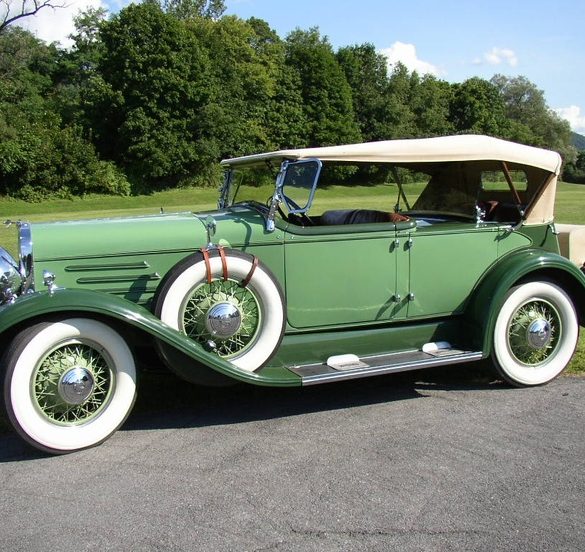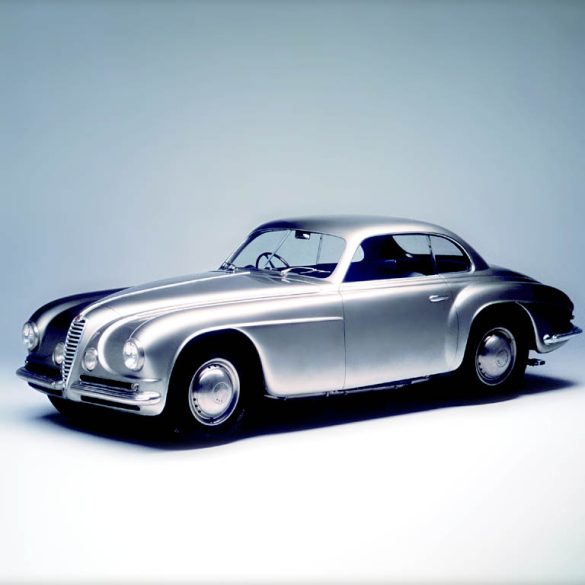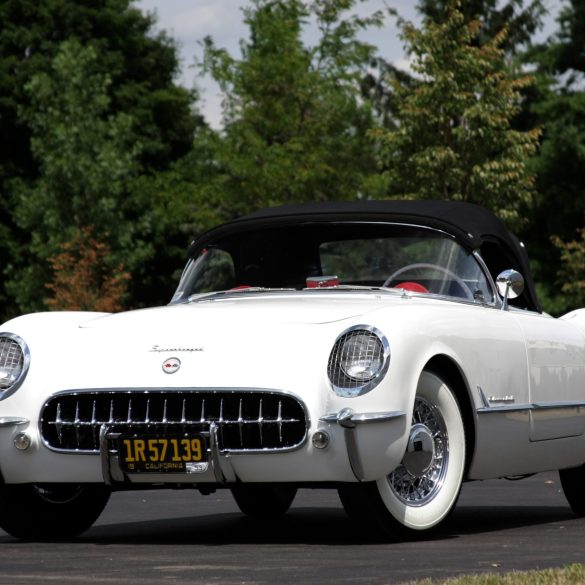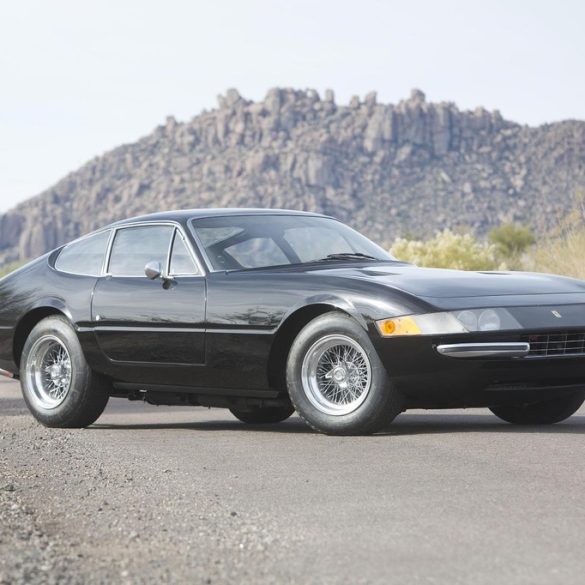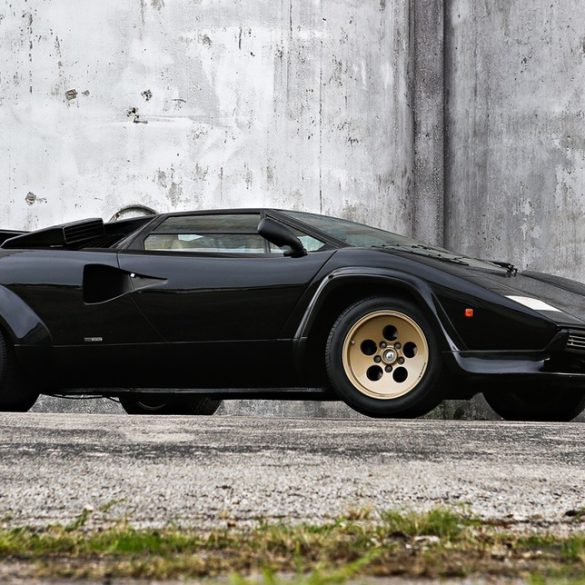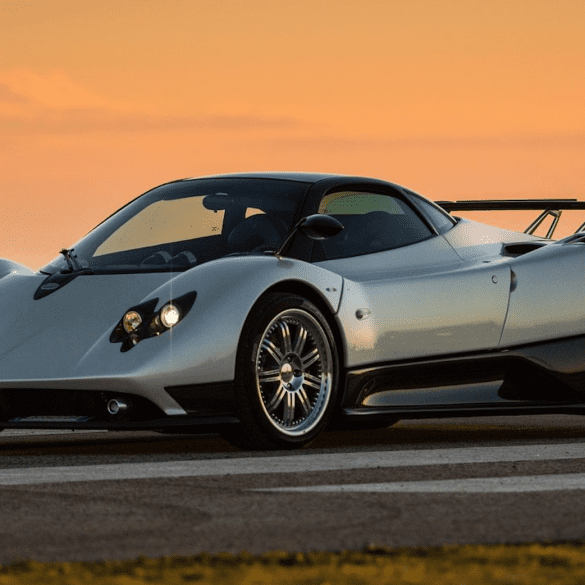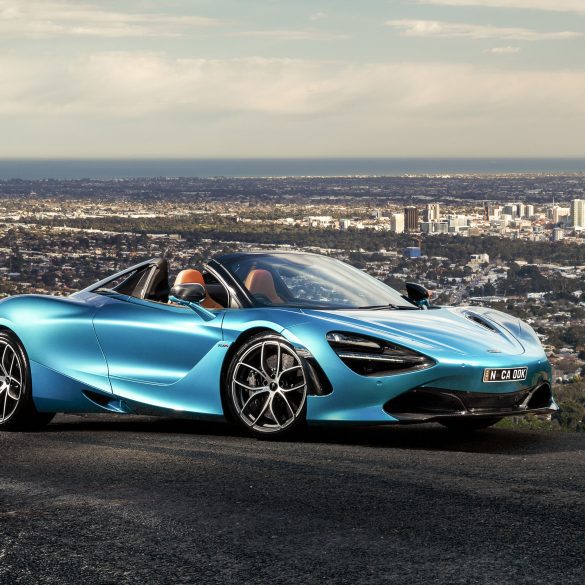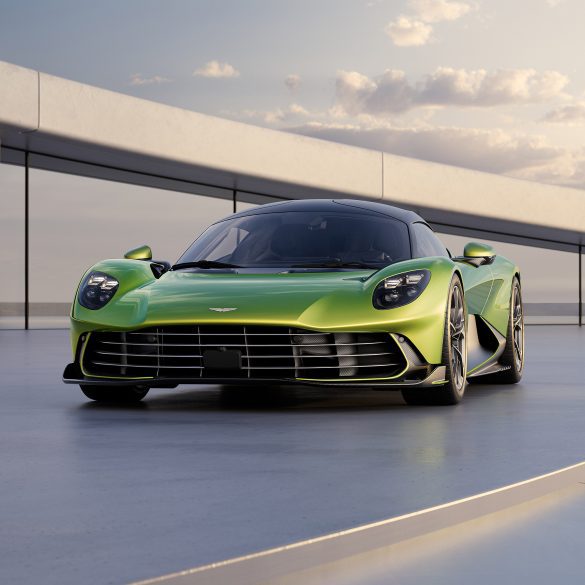2000s Cars – Supercars, Sports Cars & The Hypercar
At the turn of the millennium, the supercar was in a good spot. The internet bubble was making instant millionaires and providing justification for a higher education. Furthermore, cars like the McLaren F1 set the bar tremendously high for the decade ahead. The 2000s gave us some great new design. At the forefront of these are carbon-fiber cars like the Enzo, Carrera GT and SLR. It also gave us a totally new car in a different league to everything else. The Hypercar was a distinctly 2000s decade invention, with the Bugatti Veyron the first of the new hypercar cars.
Automotive History. A Deep Dive into the 2000s
The 2000s marked a pivotal decade in automotive history, driven by rapid technological advancement, shifting market dynamics, and the emergence of a more environmentally conscious world. While hybrid and electric cars made significant strides, it was also a golden era for supercars and sports cars. Automakers pushed engineering to new heights, producing record-breaking performance vehicles that thrilled enthusiasts and left an indelible mark on car culture. The rise of digital technologies, advanced safety features, and globalization also defined this transformative decade, shaping the automotive industry in ways that continue to influence it today.
The Hybrid Revolution and the Dawn of Electric Cars
As the 1990s came to a close, the world grew increasingly aware of environmental issues, and the automotive industry began searching for cleaner, more efficient alternatives to traditional gasoline engines. Leading the charge was Toyota, whose Prius, first introduced in Japan in 1997, became a global phenomenon in the 2000s. When the Prius launched globally in 2000, it was the first mass-market hybrid vehicle available worldwide. Its combination of a gasoline engine and electric motor allowed it to achieve unparalleled fuel efficiency for its time, while significantly reducing emissions.
Honda followed Toyota’s lead with the introduction of the Honda Insight in 2000, which became the first hybrid vehicle sold in North America. Together, these cars laid the groundwork for a hybrid movement that would grow throughout the decade. Meanwhile, the luxury segment also began to explore alternative powertrains, with companies like Lexus introducing hybrid versions of their popular models.
The real game-changer, however, came in 2008 with the launch of the Tesla Roadster. As the first electric sports car to offer a range exceeding 200 miles on a single charge, the Roadster shattered preconceptions about electric vehicles being slow and impractical. Tesla’s success sparked a renewed interest in electric cars and set the stage for the EV revolution that would gain momentum in the following decade.
A Golden Era for Supercars and Sports Cars
While hybrids and electric cars made headlines for their efficiency, the 2000s were also a golden age for high-performance supercars and sports cars. Automakers across the world competed fiercely to push the limits of speed, power, and technology, creating some of the most iconic and thrilling vehicles ever built.
Perhaps no car symbolized the decadence and engineering brilliance of the decade more than the Bugatti Veyron, unveiled in 2005. Built by Volkswagen-owned Bugatti, the Veyron was a marvel of modern engineering. Its quad-turbocharged W16 engine produced an astonishing 1,001 horsepower, allowing it to achieve a top speed of over 250 mph. The Veyron was not only a record-breaking speed machine but also a luxury masterpiece, with a price tag that reflected its exclusivity. Its development set new benchmarks for what a hypercar could be, blending raw power with cutting-edge technology.
Meanwhile, Porsche continued its legacy of building driver-focused supercars with the Carrera GT, introduced in 2004. Powered by a 5.7-liter V10 engine derived from racing technology, the Carrera GT became an instant icon, revered for its blistering performance and razor-sharp handling. Its minimalist, driver-centric interior and manual transmission appealed to purists, making it one of the most sought-after cars of the era.
Japan also made its mark on the supercar scene with the launch of the Nissan GT-R in 2007. Dubbed “Godzilla” by enthusiasts, the R35 GT-R offered supercar-level performance at a fraction of the price of its European rivals. Its twin-turbocharged V6 engine, combined with an advanced all-wheel-drive system, gave it incredible acceleration and cornering capabilities. The GT-R’s reputation as a “giant killer” made it immensely popular among enthusiasts, and it became a symbol of accessible high performance.
Ferrari, never one to be outdone, unveiled several iconic models during the 2000s, including the Ferrari Enzo, named after the brand’s founder. With a naturally aspirated V12 engine and a design inspired by Formula 1 technology, the Enzo became one of the decade’s most celebrated supercars. Lamborghini also made waves with models like the Murciélago and Gallardo, which helped cement the brand’s modern identity with bold styling and powerful V10 and V12 engines.
McLaren entered the fray toward the end of the decade with the development of the MP4-12C, marking its return to road car production after the legendary McLaren F1 of the 1990s. The MP4-12C featured a carbon-fiber monocoque chassis and a twin-turbo V8 engine, setting the tone for McLaren’s future in high-performance cars.
The Rise of the SUV and Global Market Expansion
While supercars captured the imaginations of enthusiasts, the broader automotive market was undergoing its own transformation. The 2000s saw the meteoric rise of SUVs and crossovers, as consumers increasingly favored larger, more versatile vehicles over traditional sedans. Models like the Toyota RAV4, Honda CR-V, and Ford Escape became best-sellers, offering a blend of practicality, comfort, and all-weather capability.
Luxury automakers also capitalized on the SUV trend. BMW launched its first SUV, the X5, in 1999, and by the 2000s, it was a major success. Mercedes-Benz expanded its SUV lineup with models like the M-Class, while Porsche made a controversial but ultimately successful entry into the segment with the Cayenne. The Cayenne, launched in 2002, became Porsche’s best-selling model and helped fund the development of its sports cars and supercars.
At the same time, automakers began expanding their global footprints, particularly in emerging markets like China and India. China, in particular, saw explosive growth in car sales, becoming the world’s largest automotive market by the end of the decade. This global expansion helped brands like General Motors, Ford, and Volkswagen increase production and sales, despite the financial crisis of 2008.
Safety and Connectivity: The Foundation of the Modern Car
Another key trend of the 2000s was the rise of advanced safety and connectivity features. Automakers began incorporating technologies like electronic stability control (ESC), which became mandatory in many countries by the end of the decade. Adaptive cruise control, side airbags, and curtain airbags also became more common, making cars significantly safer.
On the connectivity front, systems like OnStar in GM vehicles provided drivers with features such as roadside assistance, remote diagnostics, and emergency response. Bluetooth integration became widespread, enabling hands-free calling and audio streaming, setting the stage for today’s fully connected cars.
Environmental Concerns and Regulatory Changes
The 2000s also saw increased regulatory pressure on automakers to reduce emissions and improve fuel efficiency. In Europe, stricter Euro emissions standards forced manufacturers to innovate, leading to cleaner diesel and gasoline engines. In the United States, rising fuel prices and new Corporate Average Fuel Economy (CAFE) standards encouraged automakers to develop hybrid technology and more efficient powertrains. These regulatory changes, combined with growing consumer demand for environmentally friendly cars, laid the groundwork for the electrification boom that would follow in the next decade.
Conclusion: A Decade of Transformation and Innovation
The 2000s were a transformative decade for the automotive world. It was a time when hybrid and electric cars began to gain traction, supercars reached new heights of performance, and SUVs became the vehicle of choice for millions. Automakers embraced digital technologies, advanced safety features, and global market expansion, setting the stage for the rapid evolution of cars in the 2010s. Whether it was the groundbreaking Tesla Roadster, the awe-inspiring Bugatti Veyron, or the accessible yet potent Nissan GT-R, the 2000s produced a remarkable variety of vehicles that continue to influence the automotive landscape today. It was a decade of bold innovation and significant change, making it one of the most exciting periods in automotive history.
2000s Car Models - 2000+ In Depth Guides
We pick the best car every year from 2000 to 2009


